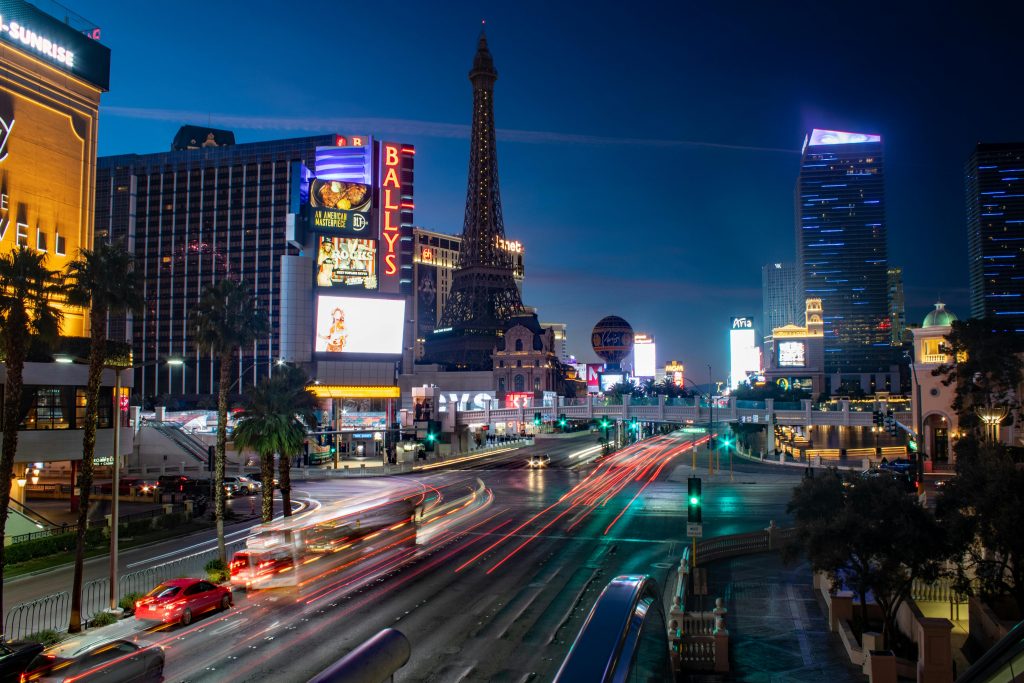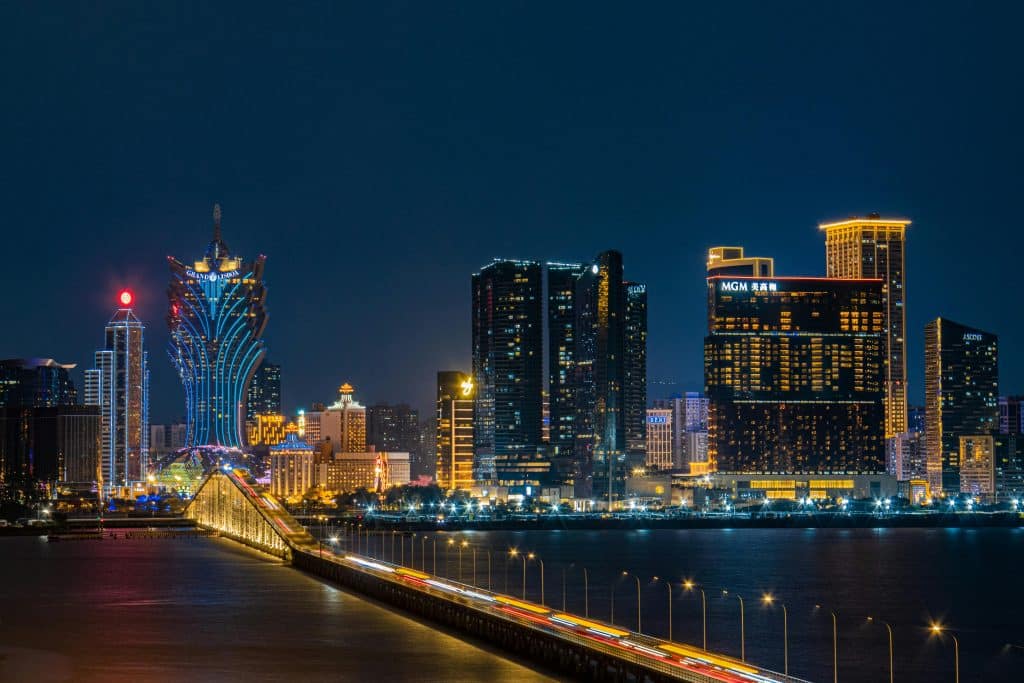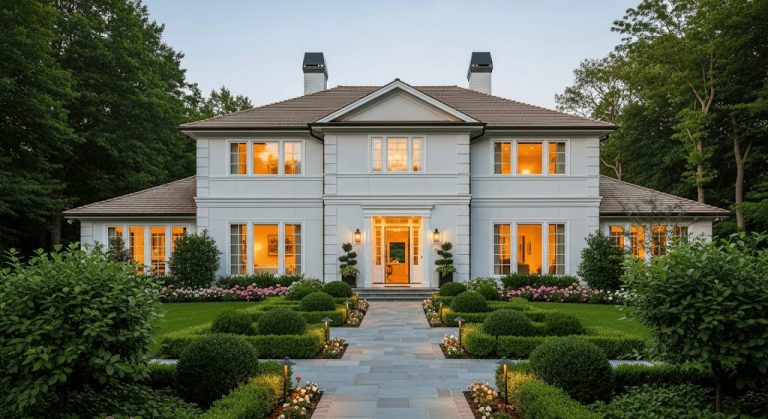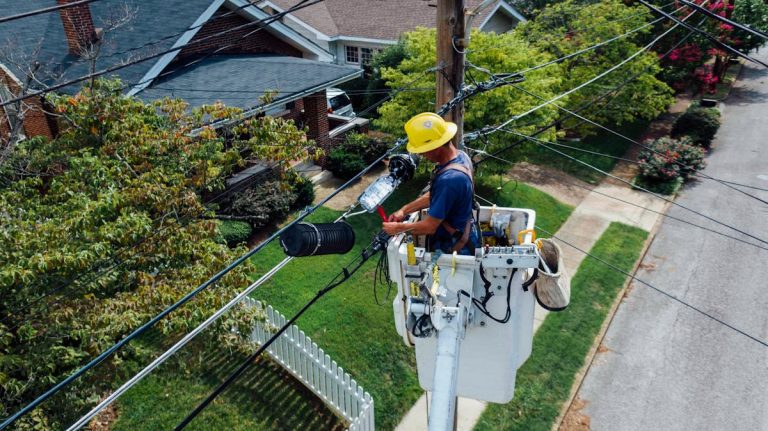The Evolution of Casino Architecture: From Monaco’s Belle Époque to Modern Asian Gaming Palaces
The architectural DNA of modern casinos can be easily traced back – they’re old, but not that old. A bit like how easy it is to trace back modern casinos found at https://legalcasino.uk/bonuses/free-spins/, it’s clear that it leads back quite specifically to the French Riviera and the vision of Charles Garnier.
This is the man who designed the Casino de Monte-Carlo. He applied the same Second Empire principles he used on the Paris Opéra, creating a new building typology that linked gaming with high culture. Ever since, casinos have been a place of lavish elegance and a space for the upper-echelon to hang out.
The 1863 structure was a very deliberate exercise in theatricality, using onyx, marble and bronze with an Art Nouveau motif that attracted Europe’s traveling aristocracy like moths to a flame. The building’s layout was not arbitrary either, but carefully planned to guide visitors through lavish salons in a way that made sense to the elites.
The likes of Belle Époque, a building beside the casino, encapsulates that this was a period of European optimism and art – it’s not just the casino’s design existing in a vacuum. Visiting in 2025, it’s not all that different, and for some it’s an experience of not just stepping back in time, but stepping up a few social classes.
Although when some people think of their experiences in some casinos, it’s not always quite this glam. But, even modest casinos in deprived areas uphold many of the same customs, from the carpets to the impeccably-dressed dealers and staff. Like Jazz and Blues’ phrases, these architectural phrases appear around the world even today, despite some modern designs deviating on first glance. And, in many ways, Garnier’s design has been reinterpreted.
The Las Vegas approach

The mid-20th century saw casino culture shift to the desert in Nevada, where popular culture and film helped push Las Vegas to the forefront. Though, the architectural inspirations of the Vegas designs are a little more difficult to pin down. Post-war Las Vegas abandoned European subtlety entirely in favour of a populist spectacle. The building itself became the primary advertisement, in part because it towers over you.
The neon-drenched Flamingo established the Strip’s fundamental principle: Visibility above all else; to be an attraction from the automobile. This ended up evolving into the concept of “fantasy architecture,” where themed resorts like Caesars Palace and The Venetian moved into an immersive experience, albeit historically kitsch. This blurred the line between light-hearted ironic design and sophisticated, high-roller experiences, because it was possible to experience both simultaneously. Again, Hollywood and pop culture helped achieve this.
The design philosophy pivoted from Monaco’s elegance to deliberate disorientation. Interior layouts became maze-like with low ceilings (less of a reference point with no north star) and no external windows or clocks, so time stands still.
The Strip became an architectural laboratory for maximizing revenue, mostly, but led to some incredible ways to achieve escapism in a physical form. As a result, it’s no longer high culture so much as a vacation spot for people of all backgrounds, not just the aristocracy.
The Asian conquest

It wasn’t until the 21st century that the world began to take notice of Asian casino design, and it’s quickly become a leader. Casino design has been elevated to the level of monumental civic statements and national branding, even, with the likes of Macau and Singapore commissioning “starchitects”. These are structures that are both functional resorts and powerful cultural icons.
The Grand Lisboa in Macau has a lotus-shaped tower that has become iconic. It’s a direct and dramatic use of cultural symbolism, anchoring its identity in local heritage while projecting a futuristic image. Nearby is the late Zaha Hadid’s work on the Morpheus hotel at the City of Dreams complex, which was a move towards a more abstract and algorithmically-driven design with its free-form steel exoskeleton.
These projects have become resorts on a scale that is similar to Vegas, but now overtaking. Moshe Safdie’s Marina Bay Sands in Singapore redefined the city’s skyline entirely – it’s perhaps the most recognisable building on the continent. Its three towers and connecting “Skypark” is a feat of structural engineering that doubles as a powerful symbol of Singapore’s economic ambition. Of course, it’s not just a casinos, but a space for business, commerce, hospitality and entertainment – a similar model that Vegas based its success on.
The digital and sustainable future of casino design
The popularity of online gaming hasn’t quite rendered casino architecture obsolete, but it has forced it into its next evolutionary stage. Physical venues can no longer compete on convenience, and this is a threat to the smaller venues in towns that don’t have much nightlife or tourism – those simply interested in playing the games are now online. This is perhaps why we have seen this move towards creating a more holistic experience that encompasses all forms of leisure, rather than just one.







